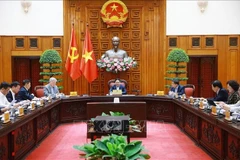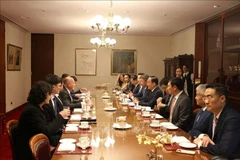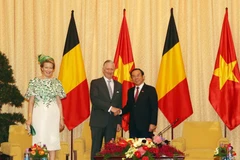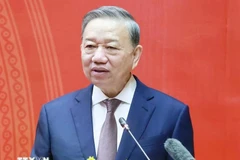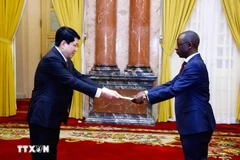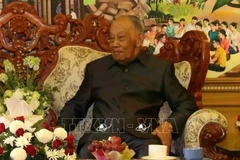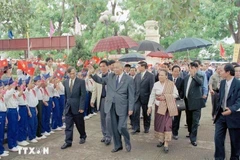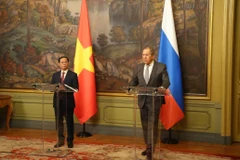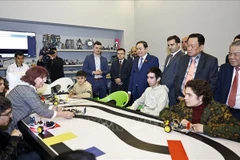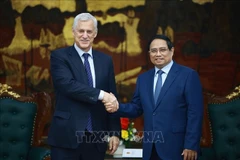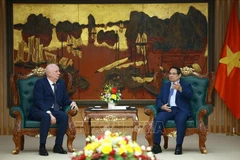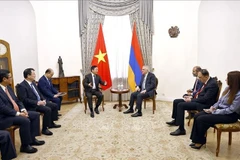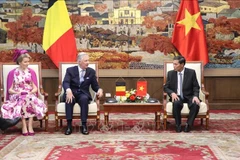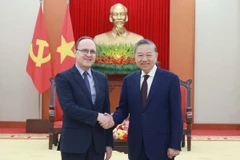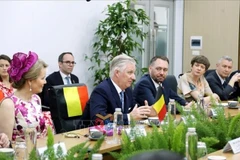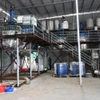The event was co-organised by the DaNang-based Vietnam Chamber of Commerce and Industry (VCCI) and theEuropean Trade Policy and Investment Support Project (EU-MUTRAP).
It attracted the participation of representatives from businessassociations, enterprises operating in various industries, includingelectronics, seafood, textiles, foot wear and timber, and enterpriseswith EU trade ties.
Participants at the seminar wereintroduced to the contents of the Vietnam-EU FTA, particularly theopportunities and challenges that Vietnamese enterprises will face afterthe agreement is signed.
They paid special attention toimpacts that the FTA may pose on Vietnam ’s key exports to the EU,including the timber and textile sectors.
Accordingto the General Statistics Office, the EU became Vietnam ’s top exportmarket in 2012 with two-way trade reaching 20.3 billion USD, anincrease of 22.5 percent from the previous year. This vast marketaccounted for 17.7 percent of Vietnam ’s total export revenue.
Furthermore, the signing of the Partnership and Cooperation Agreement(PCA) last June, and the visit of President of the European Council,Herman Van Rompuy to Vietnam in October last year, opened up a newperiod in Vietnam-EU cooperation.
The two sides conductedthe first negotiation round on their FTA last October and are scheduledto implement another four rounds this year.
The signing ofthe FTA is expected to bring Vietnam such benefits as tariffexemption for at least 90 percent of Vietnam ’s exports, andincreased investment flows. At the same time, there will be somechallenges for Vietnam, including a zero percent import tax on mostEuropean goods, the opening up of the service market and moretransparency in business and investment management.-VNA
